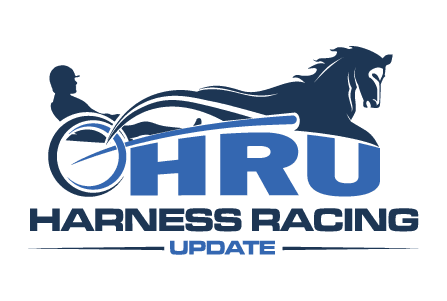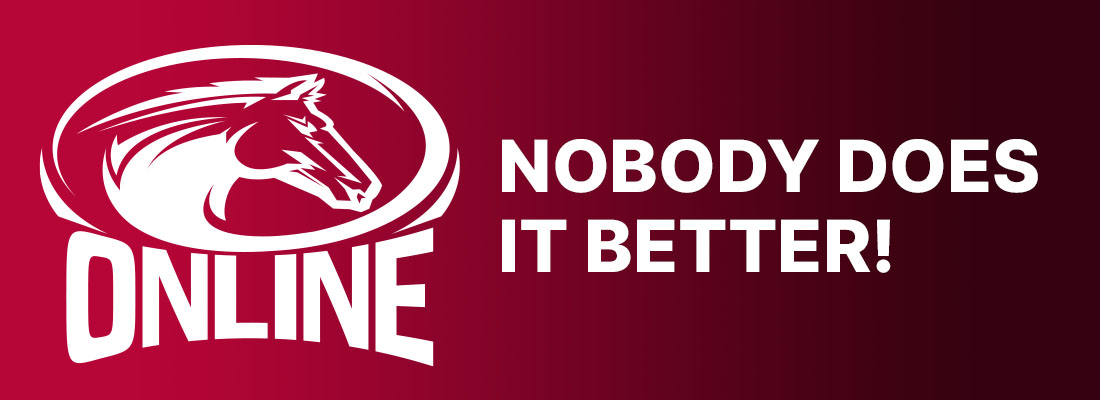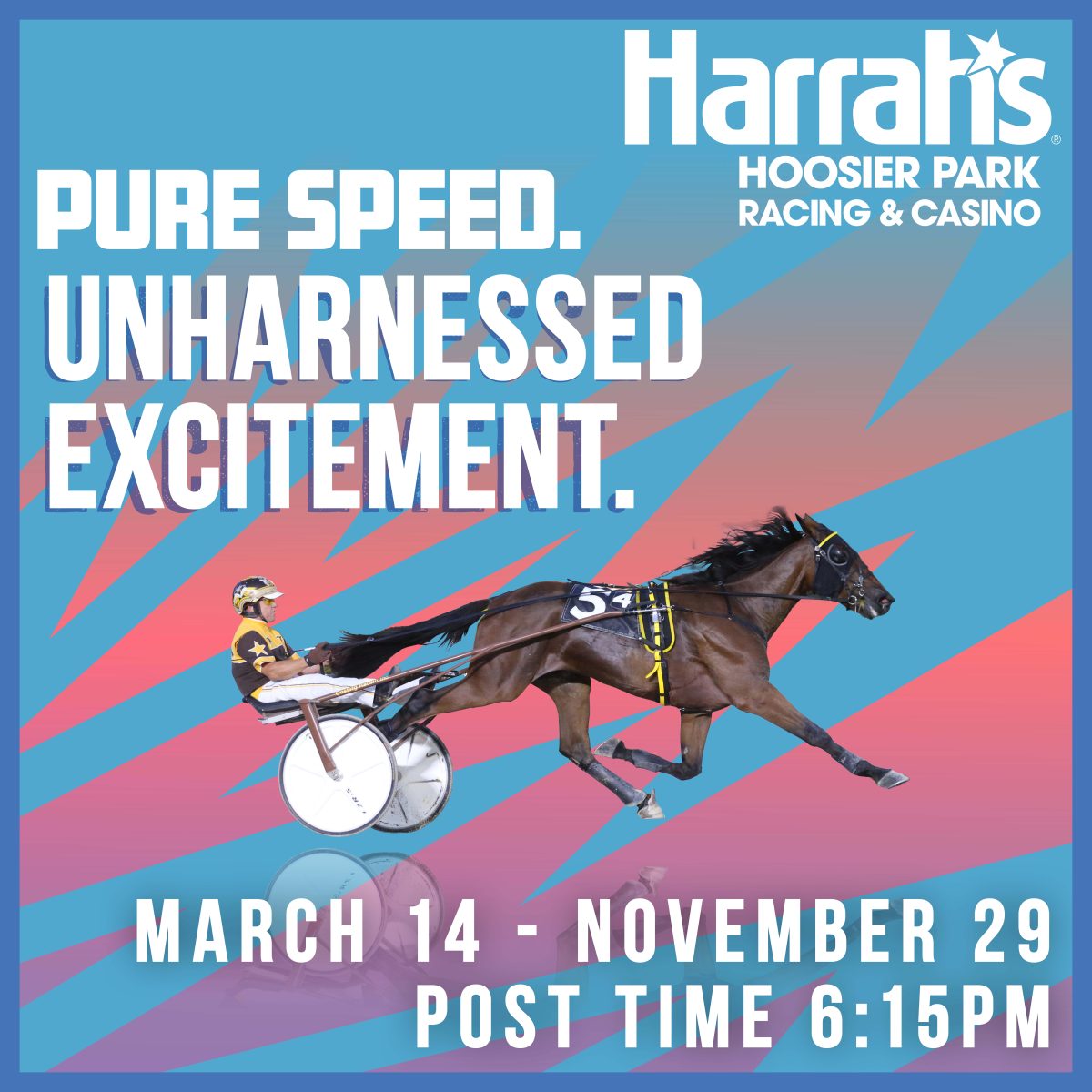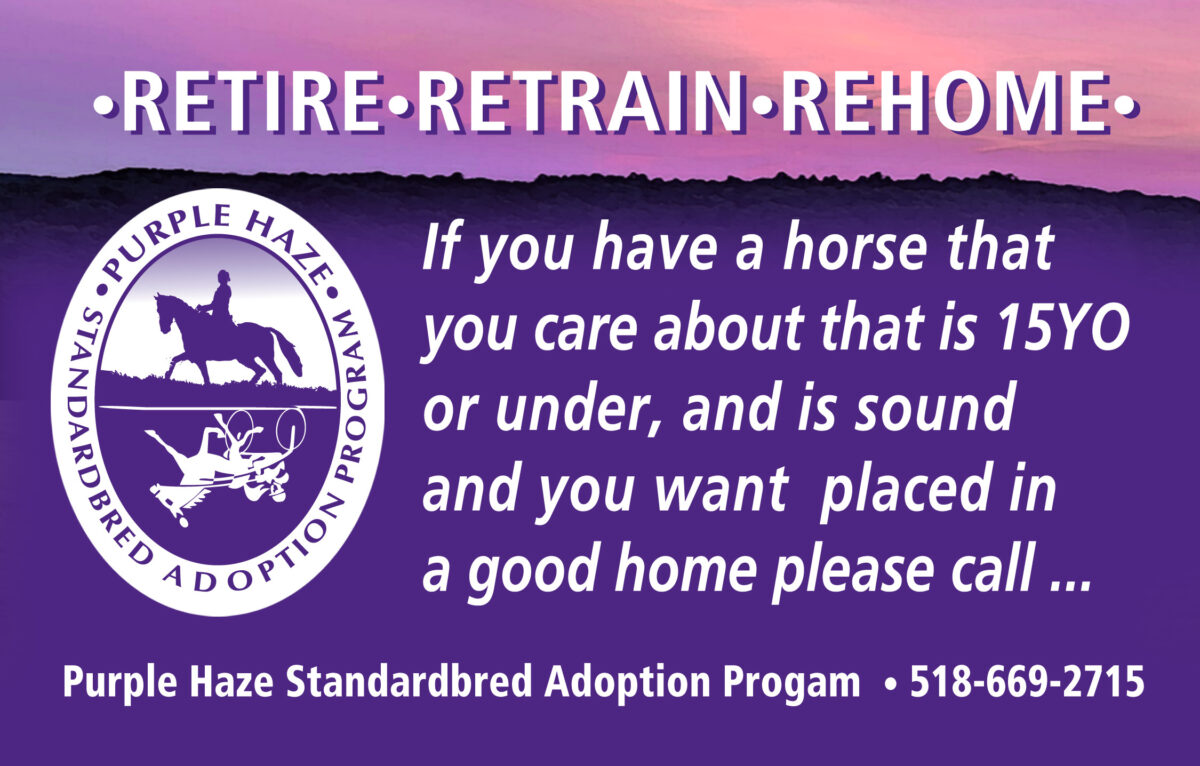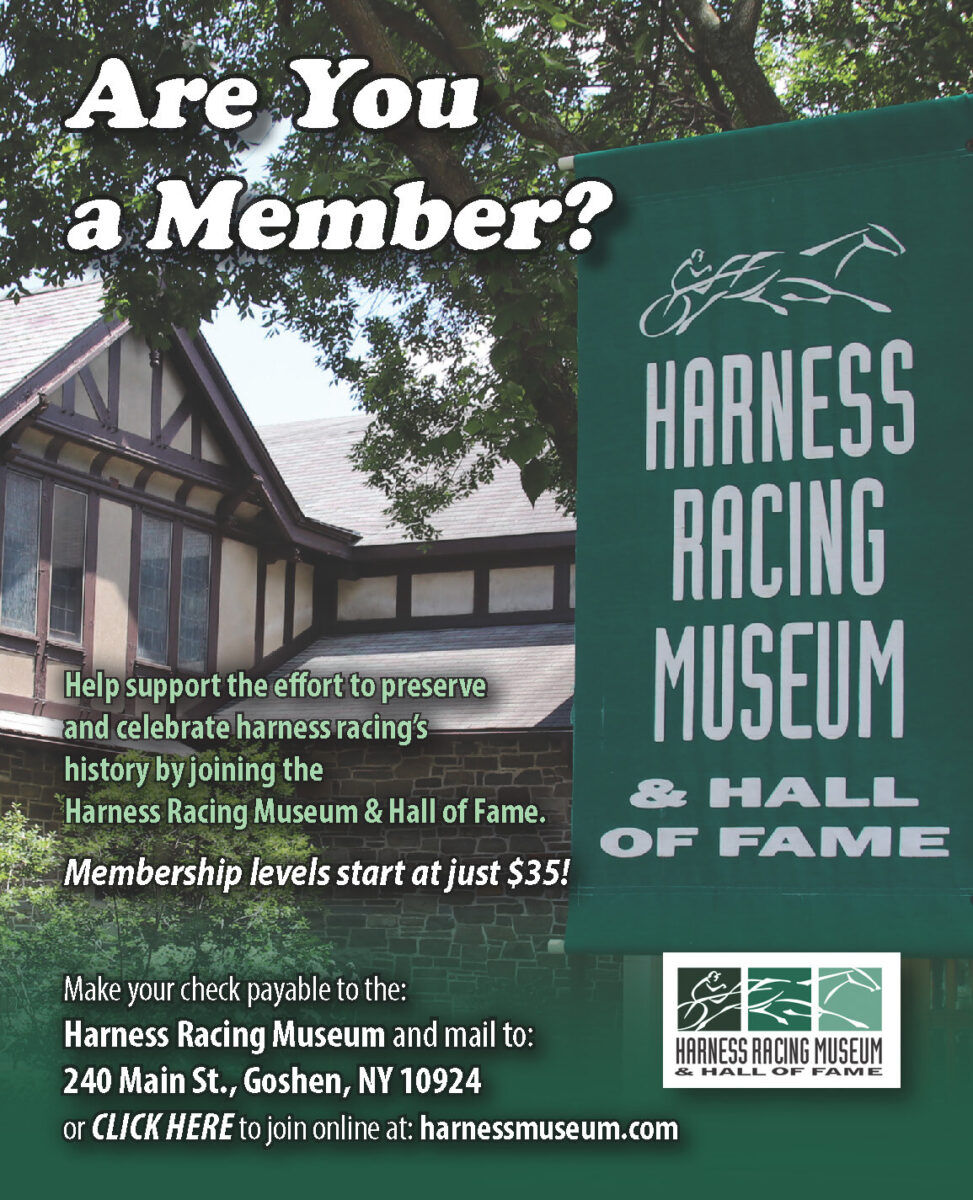The World Trotting Conference did its job
This week, I was reminded, yet again, about the passion and goodwill of the people in this sport.
by Dean Towers
On the day I arrived at the 25th Annual World Trotting Conference in Charlottetown, Prince Edward Island I hailed a cab and got in. The driver — Dave from GrabbaCab — asked me what I was doing in town. I responded, and he mentioned he drove someone the previous night to the Delta for the same event.
“His name was Russell, and he had something to do with harness racing in the States,” he said.
“Russell Williams,” I asked, thinking it may in fact be the newly-elected president of the United States Trotting Association.
“Yes, that’s it!” said Dave. “He’s a heck of a nice fella.”
That about summed up my whole 48 hours in Charlottetown; at panels, having a beer at the bar, walking the street, or just sharing a story or two.
I met John Campbell, a man I’ve always admired for various reasons, but someone I’d never actually met. The best compliment one can give someone in my view (and it’s the reaction I had chatting with Sam McKee for the very first time), is when you can say “he (or she) is exactly like I expected him to be.” That was John. During our chat I could sense the passion he has for the game, and his hopes to make it better. The Hambletonian Society is in good hands.
I had the pleasure of presenting on the first panel of the symposium with three others, one of whom was Chris Schick. Chris, as most know, runs Cal Expo. I never had the chance to meet Chris, but I’ve sung his praises before here in this column for his work with the USTA’s strategic wagering plan. The plan that guarantees pools is one of the best ideas I’ve seen the sport come up with, and it has tangibly lead to handle increases. Chris, like John, displayed the same passion for the sport.
When speaking about guarantees he told the assembled audience, “If your track is hitting the $10,000 number, raise it to $15,000, and then when it nears $15,000 raise it to $20,000. Never stop working, never stop getting better; don’t be afraid if you fall short. It’s the whole point of the program.”
Chris’s enthusiasm is infectious and I felt this even more when he described his circuitous route to the conference. He and his business partner at Cal Expo drove through New England, visiting harness tracks to catch some racing in Maine and elsewhere, including at a fair track. He was beaming when telling me about his experiences. The man absolutely loves the sport.
I remembered from my last time in Charlottetown that you sometimes run into harness racing participants and fans on the street during “Old Home Week” (the week that culminates with the Sobey’s Gold Cup and Saucer pace). Sure enough, right on cue, I bumped into Ken Warkentin on Queen Street. Ken wasn’t there for the conference, but lo and behold there he was smack dab in front of me. Never having met each other (and both on our way to somewhere) you’d think that maybe our interlude would be brief. But that wasn’t the case. I bet we chatted for close to a half hour. The stories ranged from Greenwood to Garden State; from Freehold to Orangeville Raceway.
Encounters like the above were numerous. Dan Gall, Russell Williams (my cab driver was correct) and so many others I’d never met all struck me exactly the same way — passionate, and all possessing that harness racing lack of pretension gene; an everyman or everywoman perspective.
I get that the sport has a lot of issues. We all know there are problems in harness racing. But I was happy to be reminded over the past couple days what I love about it. It’s a sport with a whole lot of “nice fellas” and “nice gals” who are passionate and capable and always working.
I’m so happy I was invited to speak, and to the folks slaving day to day working on harness racing’s myriad issues, I wish you nothing but my very best. You deserve something good to happen.
Symposium Notes:
I found the session that asked the question “is whip free racing coming” quite interesting. There was a realization on the panel that the world is changing (the most important license for harness racing to get from government is a “social license,” noted Australia’s Geoff Want), but there was also a pragmatism about the use of the whip for safety. John Campbell drove the latter point home when speaking about pacers that break, and their need to be controlled. As expected, no one argued with John.
I have no idea how Standardbred Canada’s Darryl Kaplan gets through these conferences that he organizes. The man is a pit bull and one of the hardest working execs I’ve ever met. Harness racing is lucky to have him.
John Campbell spoke a few times about the judges needing to call the rules consistently and by the book. He also said that perhaps some rules will have to be written that are black and white to take interpretation out of the judges hands. As you probably know, John is heading up a new uniform rules committee, so this might be a harbinger of what’s to come.
Dave from Grabba Cab story two: Have you ever gotten in a cab anywhere in North America where the cab driver tells you who he likes in an upcoming harness race? Dave said Y’s Lotus looked great on Monday and thinks he’s going to win tonight’s Gold Cup and Saucer again. You have to love Charlottetown.
Not only are the cab drivers keenly aware of the Gold Cup and Saucer, so is everyone else it seems. In the hotel there were GCS ads scattered about in information kiosks, and I picked up a local paper, to see the race advertised on the inside sleeve. Most surprisingly, perhaps, was a tweet from the provincial lottery (below). Yes, you can bet head to heads and the over/under on the winning time via a lottery ticket for a harness race in Eastern Canada. And you can purchase them in gas stations and corner stores.
